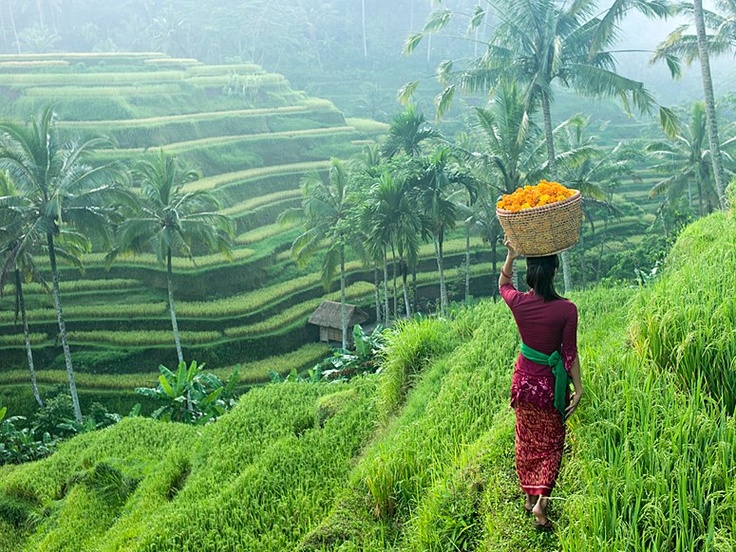Why Rattan Design Never Goes Out of Style
Introduction
Some design trends come and go, but rattan always finds its way back into our homes. From the tropical verandas of Indonesia to modern lofts in New York and chic cafés in Paris, rattan has proven that it’s more than just a material—it’s a timeless statement.
So, what makes rattan design so enduring? The answer lies in its versatility, natural beauty, and cultural heritage that continue to inspire generations of designers and homeowners.
1. Rooted in Nature, Loved Worldwide
Rattan’s charm starts with its natural origins. Harvested from Indonesian forests, rattan carries a story of growth and renewal. Its warm honey tones and organic weaves bring a touch of nature indoors, making every space feel more inviting.
Unlike many modern materials, rattan is alive with texture. It tells a story of craftsmanship—one that resonates with people seeking authenticity in an increasingly fast-paced world.
2. A Design Chameleon
Few materials are as versatile as rattan. It blends seamlessly with different styles:
- Bohemian & Tropical: Pair rattan chairs with leafy plants and colorful textiles.
- Scandinavian Minimalism: Combine a rattan bench with neutral tones and clean lines.
- Modern Chic: Use rattan accents with iron frames or glass tables for a contemporary edge.
From coastal resorts to city apartments, rattan adapts effortlessly—never looking out of place.
3. The Comfort of Craftsmanship
Rattan furniture is not just designed—it’s woven by hand. Each strand carefully bent, twisted, and secured, creating patterns that are both functional and artistic. This human touch gives rattan pieces a soul, something that mass-produced materials can never replicate.
In Indonesia, this tradition has been passed down for centuries. Artisans continue to craft sofas, chairs, and décor that connect heritage with modern living.
4. Built for Timeless Living
Beyond its beauty, rattan is durable and practical. When properly cared for, rattan furniture can last for decades. Its lightweight structure makes it easy to move, yet its woven strength ensures resilience. This balance of practicality and elegance is why rattan continues to be a favorite for both indoor and outdoor living.
5. Rattan at Artisan VII
At Artisan VII, we believe rattan is not just furniture—it’s a lifestyle. Pieces like the Florence Sofa, with its flowing curves inspired by the sea, or the Cloe Rattan Sofa Set, blending classic weaving with modern comfort, show how rattan can remain relevant year after year.
By combining sustainability with artistry, our rattan designs prove that style rooted in nature never loses its appeal.
Conclusion
Rattan design never goes out of style because it speaks to something universal: our desire for beauty, comfort, and connection to nature. It is timeless, adaptable, and always ready to reinvent itself with each generation.
So whether it’s a chair in your reading corner, a sofa on your patio, or a statement piece in your living room, rattan will always belong—today, tomorrow, and for decades to come.



